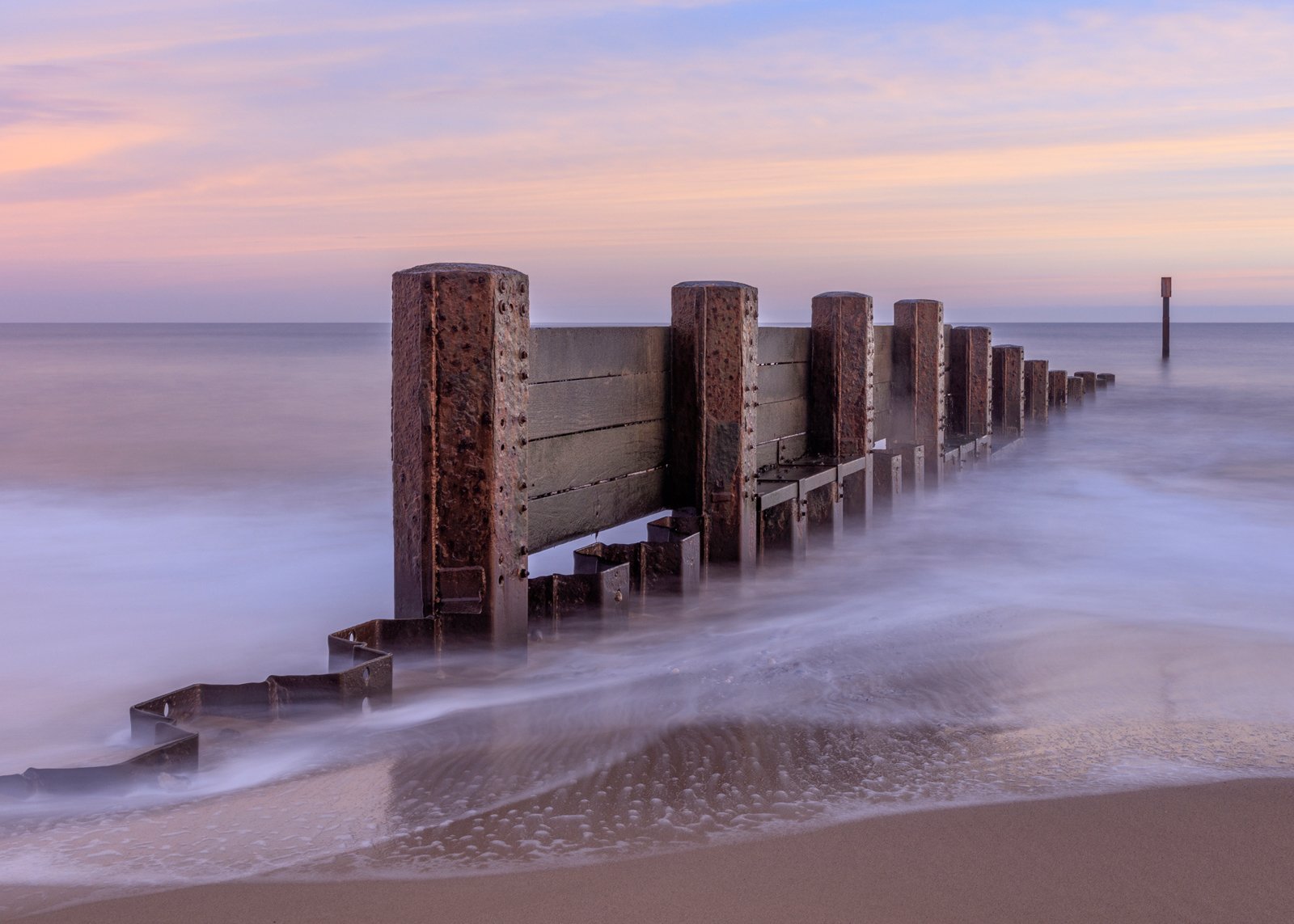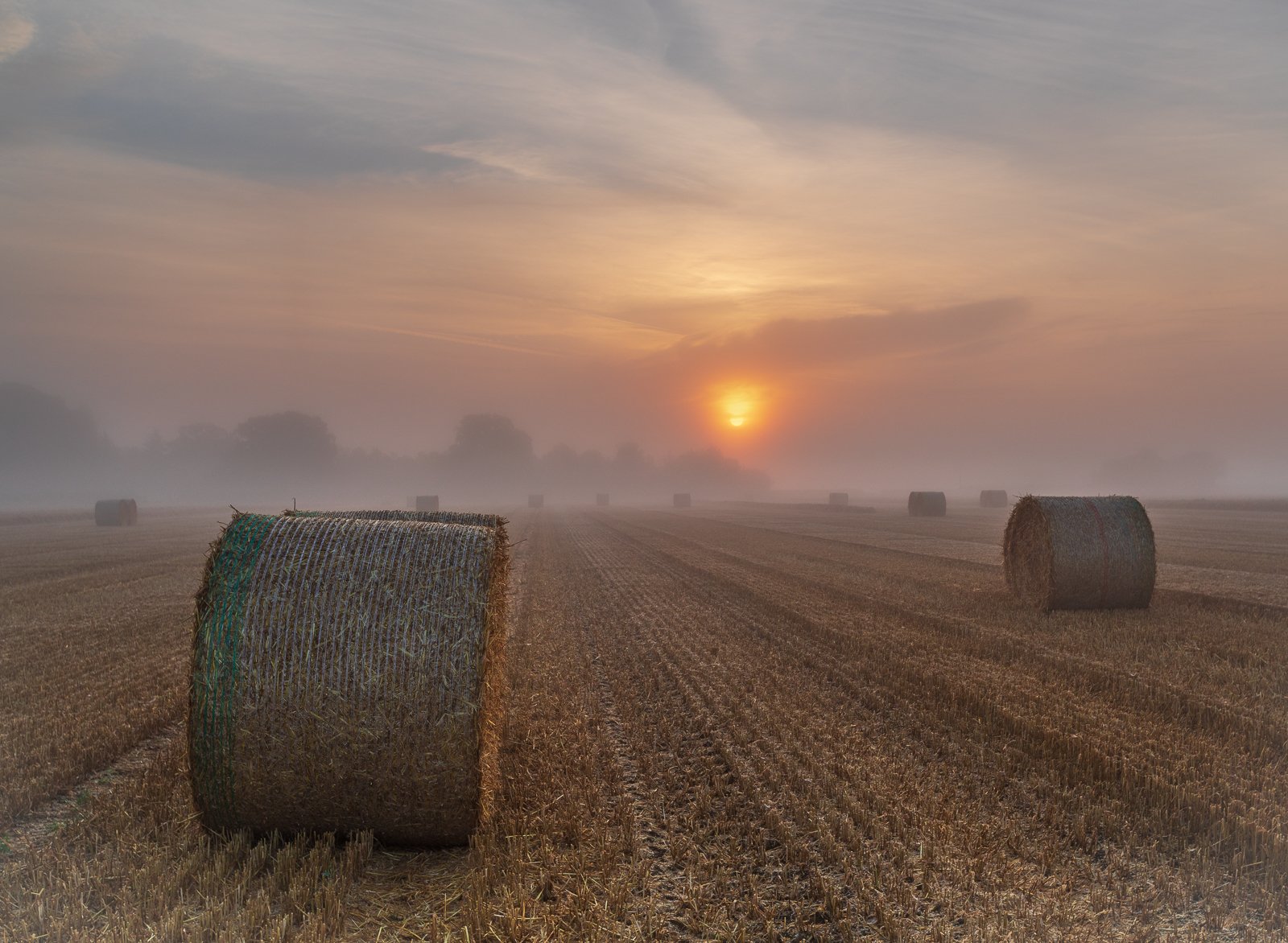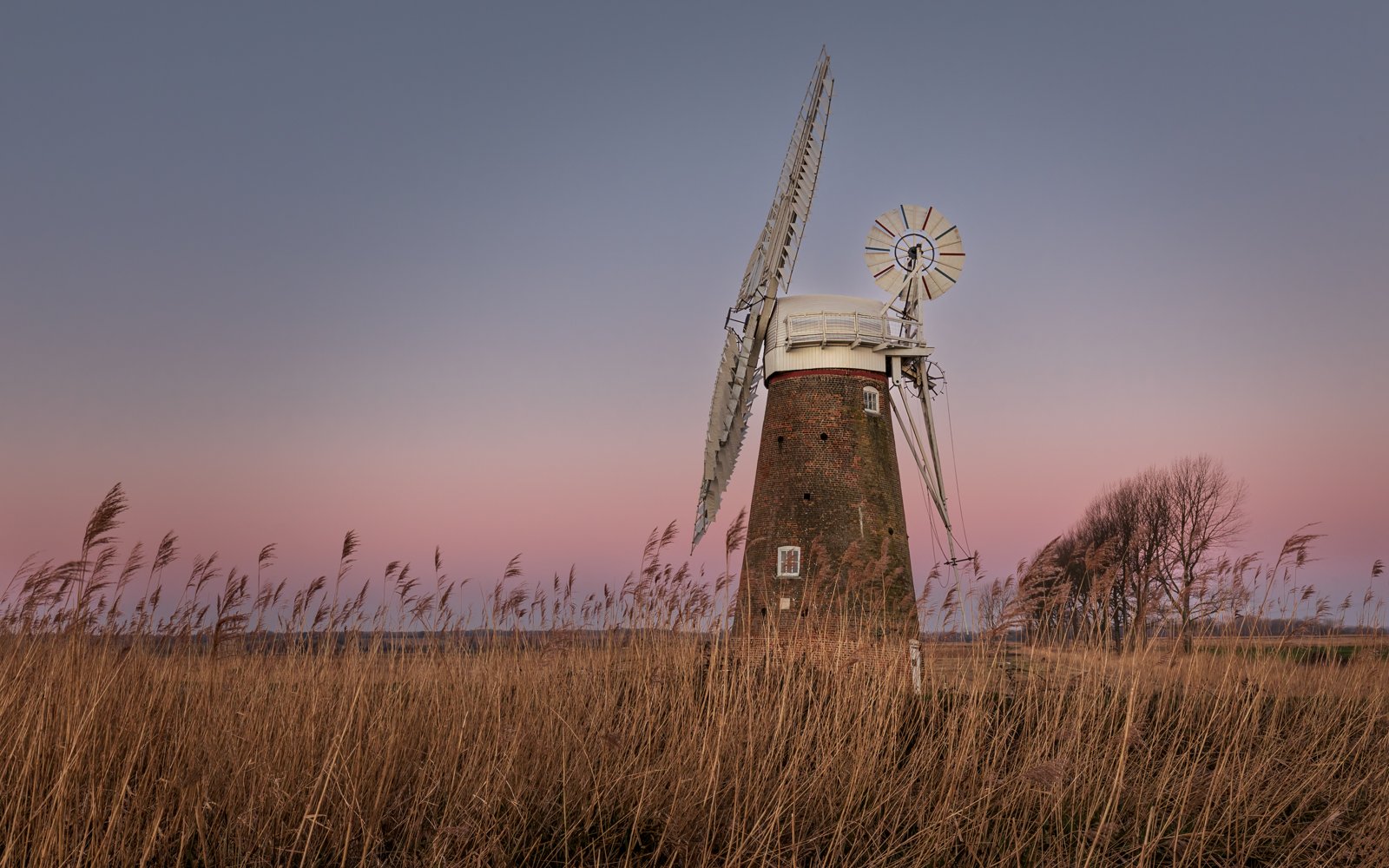Normally members of the Landscape Group visit Epping Forest to capture the colours of autumn but not this year...! Instead, we have decided to visit the medieval hunting forest reserve in Essex
Hatfield Forest. With autumn colour in the trees and a good chance of a veil of mist across the meadows, Hatfield Forest is beautiful at this time of year.
Hatfield Forest in Essex is a rare surviving example of a medieval royal hunting forest, a Site of Special Scientific Interest, and a national nature reserve.
During the day you'll see many of the woodland management techniques that make Hatfield Forest so special. You can walk through the wide open plains, explore the coppices, and see the natural sculptures that are the ancient pollards. Imagine what life was like in the forest as you visit the site of an Iron Age settlement, wander through medieval coppices, and visit a Georgian Shell house.
If you are quiet as you walk through the coppice, you may be lucky enough to spot fallow deer, which are descended from King Henry I's original herd. Look down on the ground to spot some beautiful fungi growing and look up into the trees to spot some mistletoe; Hatfield Forest is the last stronghold for mistletoe in Essex.
One of the best things at this time of year is the crunching sound of leaves under your feet especially as you walk through Gravel Pit Coppice. Here the hornbeams have not been coppiced for about 80 years, leaving them like enormous hands with the fingers stretched skywards.
Suitable warm clothing, walking boots and/or wellington boots is essential as is a torch! Terrain is not too difficult but can be muddy at this time of the year and you should be able to walk around 3 miles during the day.
East Anglia is a special place that is famous for its big skies. The predominantly flat landscapes are however, not easy to photograph, but the lack of elevation means the first and last light of day lingers a little longer – but when it all comes together it can be magic…!
The North Norfolk Coast – begins and ends with cliffs, rising in the west with the striped cliffs of Hunstanton and ending with the those that undulate from Weybourne to the old seaside resort of Cromer with its ornate pier, sandy beach and crab fishing fleet. In between there is more than forty-miles of flatter coastline that offers endless opportunities for photographers prepared to explore the patchwork of creeks, salt marshes and beaches.
The Broads and East Norfolk Coast is a unique landscape of lakes (broads), grazing marshes, reed beds and rivers dotted with windmills and quaint villages that are bounded on its eastern edge by windswept sandy beaches. The most northerly sand dunes however, make way for crumbling cliffs and the advancing costal erosion that is occurring particularly around Happisburgh.
Also in reach is the Suffolk Coast stretching from Covehithe in the north to Bawrdsey in the south. Meandering inland from the coast are the slow, sweeping estuaries flanked by reed beds and saltmarshes of the rivers Deben, Ore (later becoming the Alde) and Blyth. Also of interest to photographers are the towns of Woodbridge and Framlingham with its medieval castle.
From September through until the clocks go forward to BST we meet early on a Sunday morning about one hour before sunrise and after the shoot around 10:00am it is not unusual for members to head off together for a well earned breakfast. After, the clocks go forward we move to holding the shoots on a Saturday evening when it is easier to stay out later..! Around December and January we also try to plan to visit those locations further afield as sunrise is later at this time of year.
Please remember, The Landscape Group can only be as good as the input made by its members so if you are willing to organise or lead any kind of event that you think will be of interest to members, please step forward. Please don’t be shy – all offers of help will be greatly appreciated…!
About the NDPS Landscape Group
The Landscape Group’s objectives are simple – to encourage members who wish to take part improve their landscape photography, enhance their understanding of the equipment and techniques available. Learn through collaboration with fellow members and have fun.
Landscape is one of the oldest art forms with many famous landscape painters such as John Constable, Jacob van Ruisdael and J M W Turner. Since the invention of the camera landscape photography has become one of the most prolific forms of photography, reaching critical acclaim in the hands of photographers like Ansel Adams and Joe Cornish to name but two.
Latterly techniques such as intentional camera movement (ICM) and multiple exposures have enabled photographers to come closer to the ephemeral images painted by Turner in his later period and the use of perspective control or tilt/shift lenses has allowed digital photographers to emulate the depth of focus and perspective control long achieved using traditional large format cameras. The use and understanding of filtration is another area in landscape photography that has advanced considerably in the last twenty years and nowadays it is unusual not to find a set of neutral density and graduated filters taking up valuable space in the landscape photographer’s bag.
Since it began in 2016 the landscape group has developed range of activities support members of the Society in developing their skills in creating landscape imagery, whether this is with a traditional or more contemporary approach.
Please remember, our group can only be as good as the input made by its members so if you are willing to organise or lead any kind of event that you think will be of interest to members, please step forward. Please don’t be shy – all offers of help will be greatly appreciated…!



